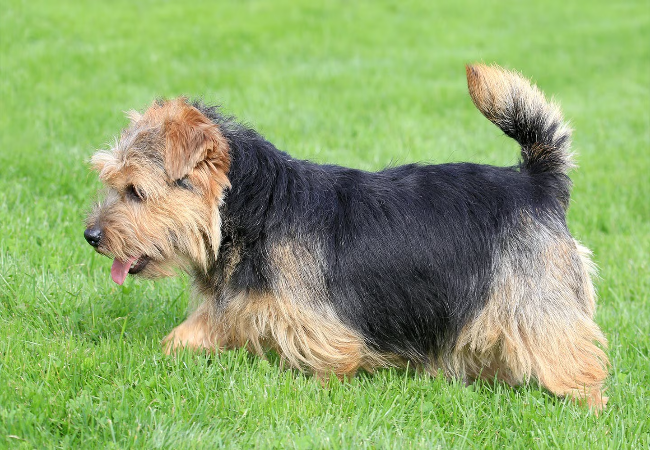Norfolk Terrier Guide 2025: Spirited & Fearless Little Companion 🐶✨

In this article
Norfolk Terrier Guide 2025: Spirited & Fearless Little Companion 🐶✨
By Dr. Duncan Houston BVSc
Introduction 🌟
The Norfolk Terrier is a compact, sturdy, and bold British working terrier, originally bred for ratting and fox hunting on farms. Don’t let the size fool you—this little dog bursts with energy, intelligence, and courage. Our 2025 guide covers everything from origins and temperament to grooming, health, training, and ideal lifestyles.
1. History & Origins 📜
- Bred in East Anglia, Britain, in the late 1800s and originally grouped with Norwich Terriers until the Earlobe distinction in 1964.
- Developed by students and hunters to control vermin—rugged, pack-oriented, and fearless.
- AKC recognized the breed in 1979; Norwich split into pick-eared and drop-eared (Norfolk) lineages.
2. Size & Appearance 🧩
- Height: 9–10 in; Weight: 11–12 lb.
- Sturdy, slightly longer than tall, with a hard, wiry double coat—colors include red, wheaten, black-and-tan, or grizzle.
- Folded (“drop”) ears, bushy eyebrows, thick beard, and expressive dark eyes.
3. Temperament & Personality ❤️
- Loyal, fearless, energetic, and affectionate with family—yet reserved with strangers.
- Feisty, alert watchdogs with an instinct to bark—balanced by strong bond to owners.
- Pack-oriented and social with dogs—also good with children when properly managed.
- Independent and stubborn at times—requires consistent leadership and engaging training.
4. Exercise & Enrichment 🏃♂️
- Needs ~1 hr daily of walks and play—loves digging, exploring, chasing.
- Thrives with puzzle toys, training games, scent work, or off-leash in fenced areas.
- Without stimulation, they may become bored, mouthy, or dig—prevent with variety.
5. Grooming & Coat Care ✂️
- Brush weekly to remove dead hairs; hand-stripping twice a year preserves coat texture.
- Bath sparingly; trim nails, clean ears, and teeth regularly.
6. Health & Lifespan 🩺
- Lifespan: 12–15 years, average ~13.5 years.
- Potential health issues:
- Mitral valve disease, patellar luxation, hip dysplasia, and allergies.
- General health is strong, but screening for hips/knees is recommended.
7. Training & Socialization 🎓
- Positive reinforcement with consistency works best—make sessions engaging and varied.
- Teach strong recall, leash manners early—they can ignore calls when chasing squirrels.
- Socializing with humans, dogs, and environments prevents anxiety and over-alert behavior.
8. Family Fit & Living Conditions 🏡
- Adaptable to apartments or homes—exercise and mental engagement are key.
- Great with families, seniors, and active adults—best with dog-savvy owners.
- Cats and small pets may trigger chase instincts—supervise closely.
- Barkers by nature—training can curb excessive alerting.
9. Pros & Cons ⚖️
- Pros: Fearless, loyal, low-shedding coat, long life.
- Cons: Stubborn, high energy, potential health risks, barks, prey-driven.
10. Adoption & Breeder Advice 🌟
- Seek breeders screening for hips, knees, heart, and allergies with clearances.
- Rescue groups exist—search for Norfolk-specific or small-terrier rescues.
- Price: ~$1,000–2,000; adoption often lower.
11. FAQs ❓
- Do they shed? Minimal—coat is wiry and requires grooming.
- Are they good for apartments? Yes, with daily exercise and training.
- Do they bark a lot? Yes, alert barkers—manageable with training.
- How long do they live? Typically 12–15 years.
12. Ask A Vet, 🐶
- Ask A Vet: Advice on joint screening, heart checkups, allergy and grooming routines.
13. Final Thoughts ✅
The Norfolk Terrier is a spirited, fearless, and affectionate small working dog—perfect for active, engaged families or individuals who appreciate boundless energy, loyalty, and terrier zest. Ready for a little powerhouse in your life? Visit AskAVet.com and download the Ask A Vet app for ongoing expert support and tailored care!






